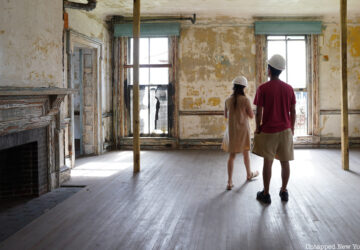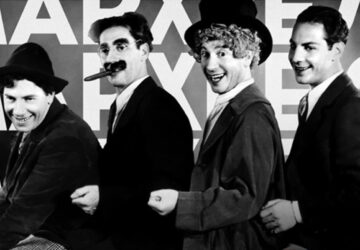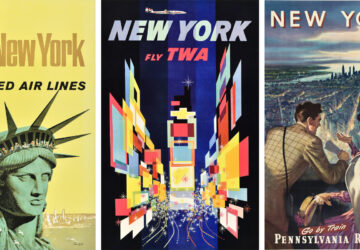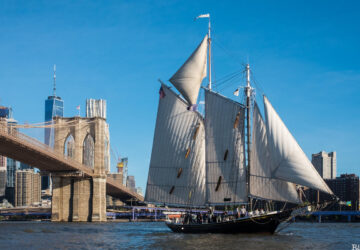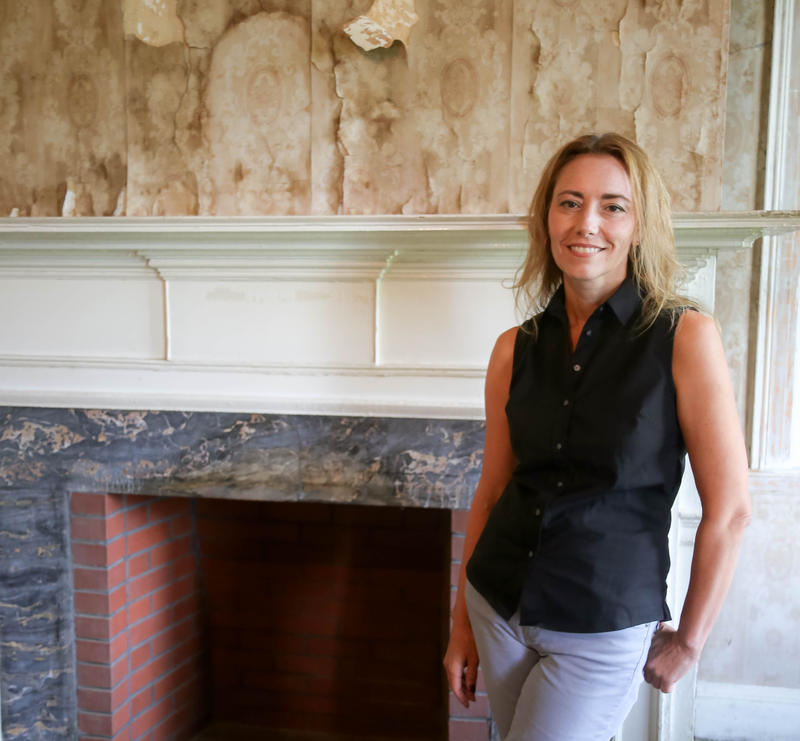Alyssa Loorya has been digging around New York City since the mid-1990s. As the Principal Investigator and President of Chrysalis Archaeology, Loorya reaches beyond the surface of our modern day city to uncover the psychical vestiges of its past incarnations. Her research focuses on 18th-19th century urban and industrial infrastructure and development, and the Revolutionary era. Before major construction projects take place in New York City, Loorya’s team is called in to assess the land and determine if there are any historical treasures at risk. Her work in archaeology has taken her all over the city, from the burial vaults under Washington Square Park to the heights of High Bridge.
Loorya’s experience also extends to cultural resource management and education. She has contributed to all phases of the environmental review process across a wide variety of sites and developed special content curricula in archaeology, historic preservation, and architecture for the New York City Department of Education and several local museums and non-profit organizations. Loorya is also Vice President of the Hendrick I. Lott House Preservation Association and Vice President of New York City’s Historic Districts Council. Untapped Cities got to learn more about her first hand experiences of uncovering the history of New York City in our latest NYC Makers profile!
Untapped Cities: What’s your favorite “untapped” spot in the city?
Alyssa Loorya: Since my work takes me all over the city, and beyond, I sometimes find myself with a new favorite “Untapped” spot of the moment. Though when I think about a place that defines New York that many don’t know about, I often come back to Gerritsen’s Creek, which is part of Jamaica Bay. It was the second area, in all of what would become New York City, that was settled by the Dutch. It was settled in 1636. The creek is part of Marine Park, the largest park in Brooklyn and borders Gateway National Recreation Area. It’s easy to forget you’re in the city surrounded by the salt marsh and imagine what the area might have looked like centuries ago. Also, at extreme low tide, you can see the remains of the 17th century mill that stood on the western shore of the creek until the 1930s. It’s a rare remnant of Brooklyn’s agricultural past.

Untapped Cities: What places are on your New York City bucket list?
Alyssa Loorya: I love to photograph abandoned spaces and architectural remnants. I’ve also researched New York City’s historic almshouses and public charitable institutions so I’d have to say the remains of the public hospital on what was Blackwell’s Island (Roosevelt Island). I’d also love to go back to the control tower at Floyd Bennet Field to take a series of panoramic photos. I was there once many years ago but didn’t have a camera with me.
Untapped Cities: What makes New York City great to you?
Alyssa Loorya: I grew up in the city and realized as an adult how I simply took for granted the cultural diversity we have here. That diversity extends to so many aspects of daily life, our interactions with people, our exposure to the various aspects that define cultures – food, language. It’s all part of the ongoing story of New York beginning back in the 1600s.
Also, having worked on many infrastructure projects throughout my career I am still amazed at the engineering and architecture of New York City. The built and cultural environment of New York City has so many literal and figurative layers.
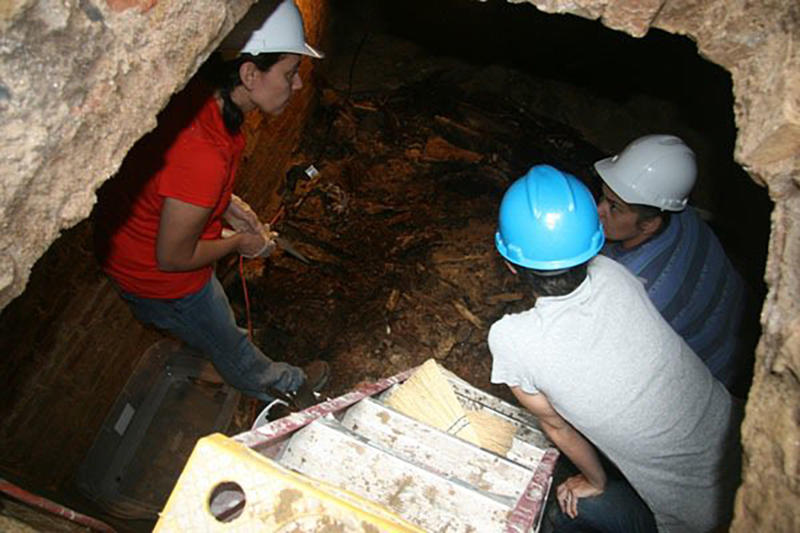 Photograph Courtesy of Chrysalis Archaeology
Photograph Courtesy of Chrysalis Archaeology
Untapped Cities: What would you change about New York City?
Alyssa Loorya: Infrastructure. Our infrastructure is a marvel for the time in which it was developed but aspects of it are dated. The City is working on upgrading infrastructure, but particularly in the outer boroughs, infrastructure is needed to make the city easier to traverse and more environmentally friendly.
Also, I’d like to see more creative approaches to development that incorporate the historic fabric of the city.
Untapped Cities: What book are you reading or television show are you watching?
Alyssa Loorya: Not reading anything other than work-related reports at the moment but am looking forward to reading the forthcoming book on the history of Brooklyn, Brooklyn: The Once and Future City. Currently watching Season 4 of Veronica Mars.
Untapped Cities: What projects are you working on right now?
Alyssa Loorya: Through my company, I’m working on several Hurricane Sandy Recovery projects throughout the City and Long Island, including one at a favorite Untapped site. Regulations don’t allow us to discuss specifics or name some of these sites.
Personally, I am working with the Lott House and a couple of other historic houses in Brooklyn and Queens. I’m exploring genealogies including researching a Shinecock/African-American family that owned property in the historic Town of Flatlands in the early 19th century. One of the daughters went to school and became a practicing nurse.
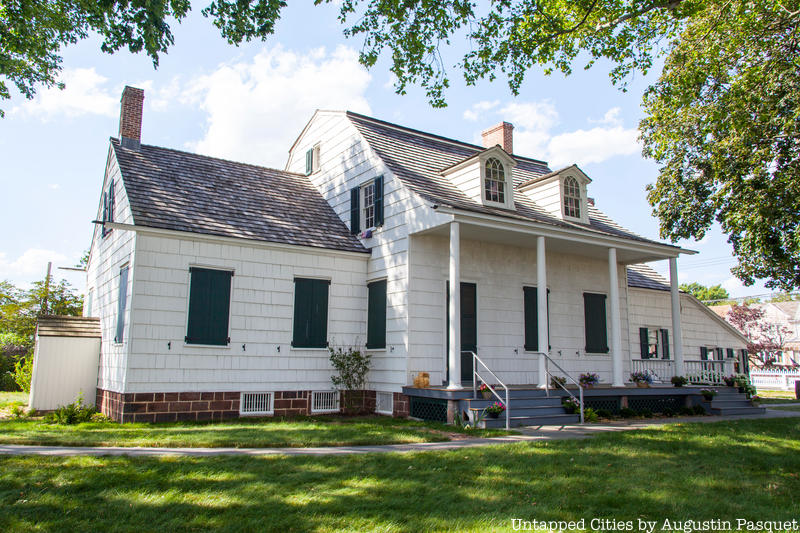
Untapped Cities: Which projects from the past are you most proud of?
Alyssa Loorya: City Hall Park and our work at South Street Seaport. The archaeology was able to shed light on several aspects of the City’s history and development. Two of the most interesting aspects for me was one, being able to reconstruct the original landscape of City Hall Park when it was the 18th-century Common and occupied by the city’s first poorhouse, prisons, and the site of British barracks during the Revolutionary War. The second focused on the city’s water infrastructure and the complexity of New York City’s relationship with water. It was a component of our work that truly brought past, present, and future together. We documented a 17th-century well, were able to reconstruct the layout and connections of the City’s first public water system (the Manhattan Company), and demonstrate how early 20th century infrastructural development has altered the water table of Lower Manhattan – all while the City was upgrading the present-day water system.
We also found an artifact that remains one of my favorites and a favorite fun fact… bottled water imported from Germany in 1798.
Untapped Cities: What projects in the city are exciting to you right now?
Alyssa Loorya: The most exciting projects to me at the moment are the ones that are still on the drawing board – ones that will address rising sea levels and other issues of climate change. The Billion Oyster Project is fascinating from a historic perspective when you consider how the massive oyster beds and numerous small barrier islands that once existed in the waters surrounding New York City aided in abating shoreline erosion, acting as a break in wave action along the shoreline.
It’s easy to forget that except for the mainland portion of the Bronx, New York City is a series of islands.
Untapped Cities: What advice would you give people starting their careers today?
Alyssa Loorya: What I most often tell my interns is to focus on getting a well-rounded education, explore options and opportunities. Also, where you start your studies may not be where you wind up. It’s important to intern and get some practical experience at archaeology, or historic preservation, any field that you’re interested in to see what it’s like.
Untapped Cities: Can you tell us one surprising thing about yourself?
Alyssa Loorya: Despite working in close quarters beneath the surface I’m slightly claustrophobic. Despite that, I worked in the attic spaces of the High Bridge in full Hazmat gear and crawled beneath the foundation of the Corbin Building to explore an 18th-century well while they were constructing the Fulton Street Transit Center.
Also, when I started college, I wanted to be a photo-journalist. Now I just do photography for fun.
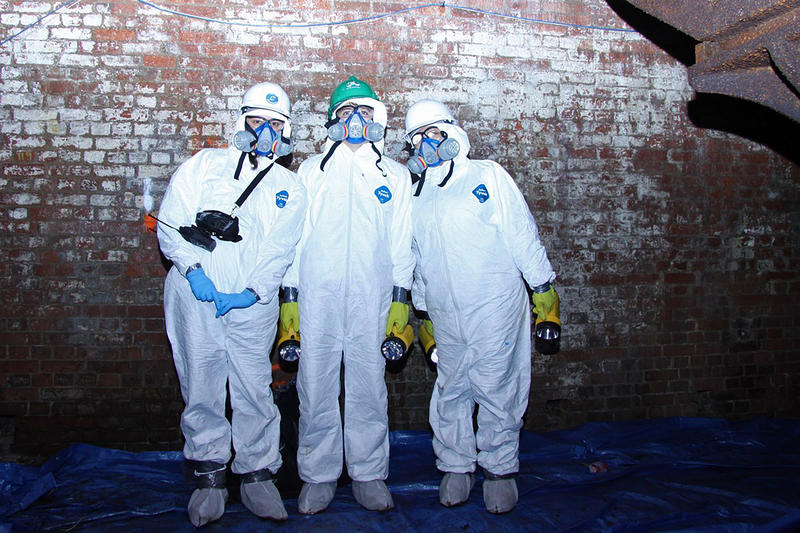 Photograph Courtesy of Chrysalis Archaeology
Photograph Courtesy of Chrysalis Archaeology
Next, check out the rest of our NYC Makers series!
